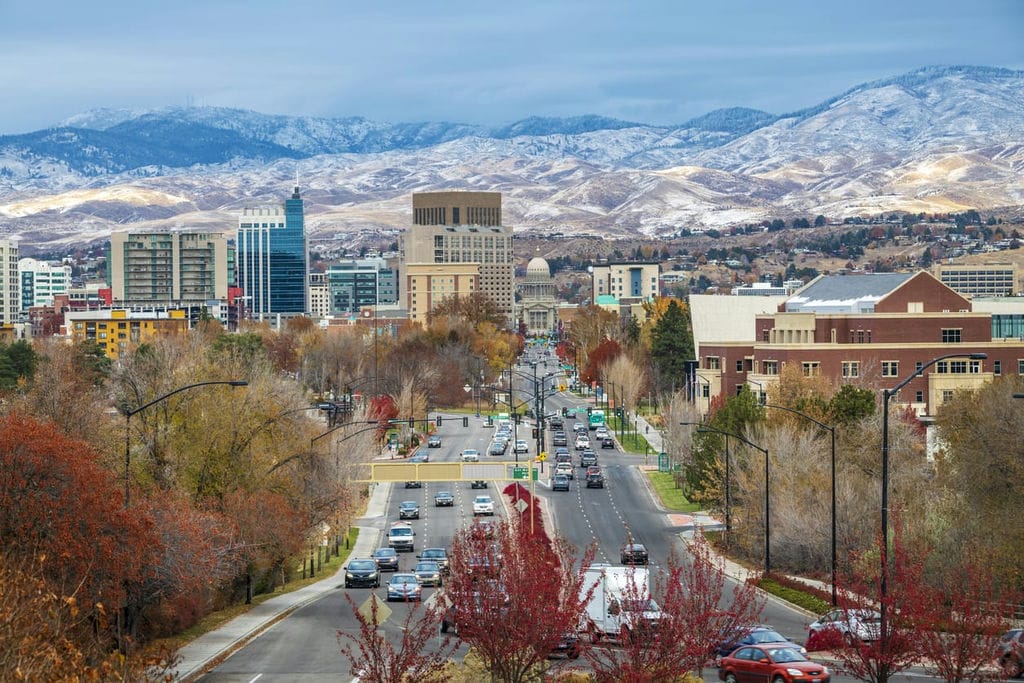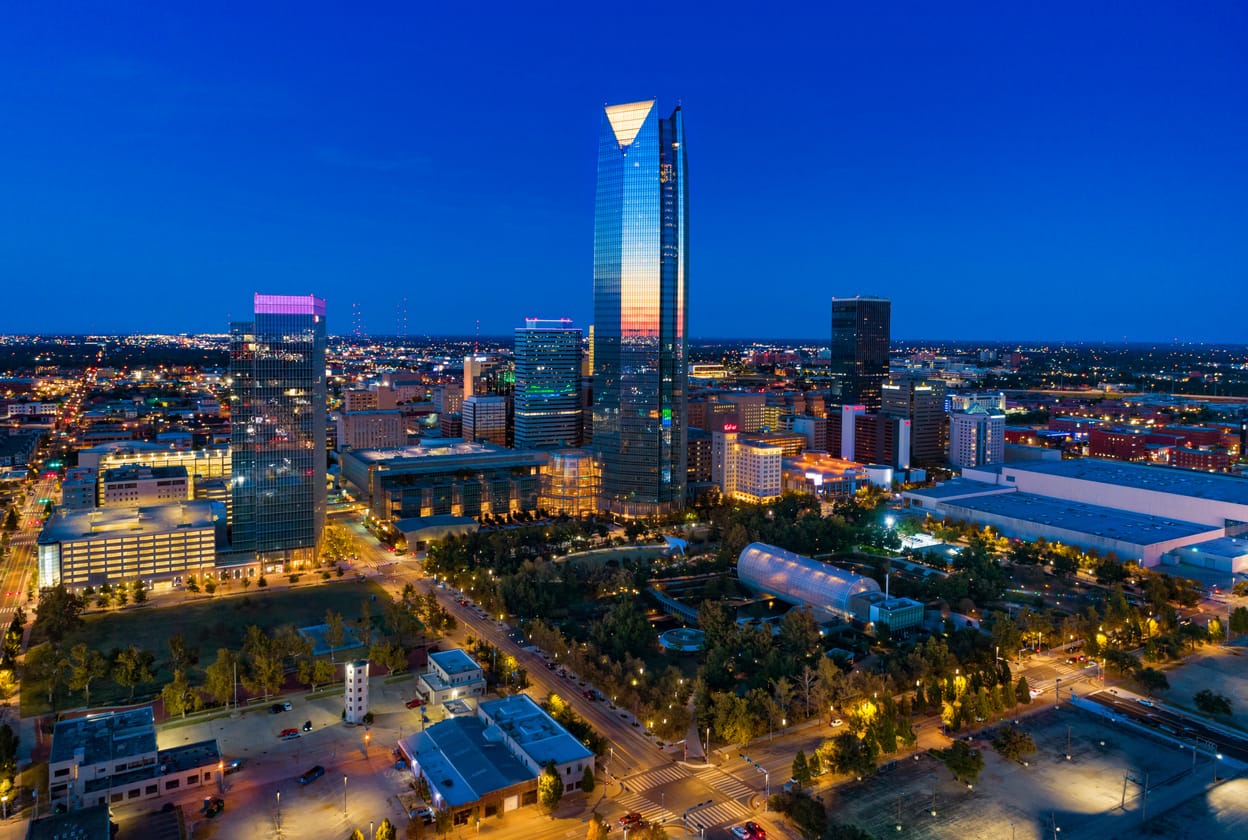Shipping from the State of Idaho to Oklahoma
With an abundance of scenic mountains, lakes, rivers, and outdoor attractions, the state draws more than 20 million tourists each year. Idaho produces more potatoes and trout than any other state in the nation and is known as the “Gem State” for the 72 types of precious and semi-precious stones it produces—some of which are exclusive to the state. Its state capital, Boise, is also its largest city with more than 200,000 residents. Idaho gained its statehood on July 3, 1890.

Bordered by the Canadian province of British Columbia to the north and the U.S. states of Montana and Wyoming to the east, Utah, and Nevada to the south, and Oregon and Washington to the west, Idaho is twice as large as the six New England states combined.
The state flower is Syringa and the Mountain Bluebird is reckoned as the state bird. Esto Perpetua (“Let it be perpetual”)’- is the state motto.
Shipping to the State of Idaho to Oklahoma
The land that today composes Oklahoma was added to the USA as part of the Louisiana Purchase of 1803. Throughout the 19th century, the U.S. government relocated Indian tribes from the southeastern United States to the area, and by 1900, over 30 Indian tribes had been transferred to what was originally called the Indian Territories. At the same time, ranchers in Texas started to relocate into the area searching for new pasture lands, as well as the government at some point opened the land to settlement, creating “land runs” in which inhabitants were enabled to go across the border at a specific hr to insurance claim homesteads.

Settlers that broke the law as well as crossed the boundary faster than enabled were called “Sooners,” which ultimately came to be the state’s nickname. Oklahoma ended up being the 46th state in 1907, complying with numerous acts that incorporated an increasing number of Indian tribal lands into the UNITED STATE area. After its inclusion in the union, Oklahoma ended up being a center for oil manufacturing, with much of the state’s early development coming from that industry. Throughout the 1930s, Oklahoma experienced droughts as well as high winds, ruining numerous ranches and developing the well-known dust bowl of the Great Clinical depression era.
